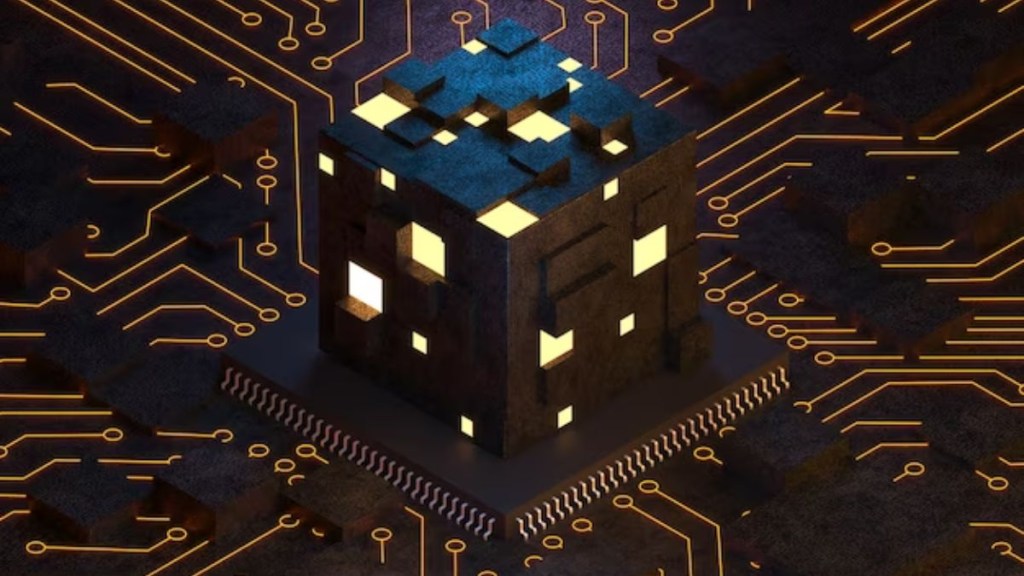By Alankar Saxena
Blockchain technology has emerged as a transformative force in the ever-evolving landscape of art, collectibles, and luxury goods trading. As we reflect on the year 2023, it is evident that blockchain has disrupted traditional trading models and brought about a paradigm shift in how we perceive, authenticate, and trade high-value items.
Immutable Authenticity
One of the primary contributions of blockchain to the world of art and collectibles is its ability to establish immutable authenticity. In an industry where the provenance of an item is paramount, blockchain’s decentralized and transparent ledger ensures an unalterable record of an item’s history. Each transaction, from creation to every subsequent sale, is securely recorded on the blockchain, providing a tamper-proof provenance trail.
This innovation addresses one of the longstanding challenges in the art world – forgery. The technology’s decentralized nature eliminates the need for a central authority to validate authenticity, reducing the risk of fraudulent activity. As a result, buyers can have confidence in the legitimacy of their purchases, fostering trust in the market and encouraging more individuals to participate in the art and collectibles space.
Tokenization: Democratizing Ownership
Blockchain’s impact on art and luxury goods extends beyond authentication, democratizing ownership through tokenization. The fractional ownership of high-value items has become a reality, allowing a broader audience to invest in and enjoy assets that were once exclusive to the elite.
By creating digital tokens representing ownership shares, blockchain facilitates the fractionalization of assets. This opens up new avenues for investors with varying financial capacities to participate in the market. Art lovers can now own a share of a masterpiece, and collectors can diversify their portfolios across multiple high-value items.
Tokenization also enhances liquidity in traditionally illiquid markets. The ease with which these digital assets can be bought, sold, and traded on blockchain-based platforms fosters a more dynamic and accessible market. This liquidity benefits sellers and buyers, creating a more efficient marketplace for art and luxury goods.
Smart Contracts: Streamlining Transactions
Smart contracts, self-executing contracts with the terms of the agreement directly written into code, are streamlining transactions in the art and luxury goods sector. These programmable contracts automate various processes, reducing the need for intermediaries and minimizing the risk of disputes.
For instance, smart contracts can automate royalty payments to artists every time their work is resold, ensuring fair compensation and simplifying complex royalty structures. Additionally, they can enforce contractual agreements, such as conditions for the conservation of an artwork or specific terms for the transfer of ownership.
The efficiency brought about by smart contracts not only accelerates the pace of transactions but also reduces costs associated with intermediaries and legal processes. This benefits buyers and sellers and contributes to a more transparent and trustworthy ecosystem for art and luxury goods trading.
Global Accessibility and Inclusivity
Blockchain’s decentralized nature transcends geographical boundaries, making art and luxury goods more accessible on a global scale. The technology has eliminated the need for intermediaries, such as auction houses and brokers, which historically limited market access.
Through blockchain-powered platforms, artists and collectors can connect directly with a global audience, democratizing the art world and fostering a more inclusive environment. This increased accessibility has given rise to diverse artists and creators gaining recognition beyond traditional art hubs, enriching the global cultural landscape.
Challenges and Future Outlook
While blockchain has undoubtedly brought about positive change, challenges remain. The integration of blockchain technology requires a collective effort from stakeholders to establish industry-wide standards. Additionally, concerns about environmental sustainability due to the energy consumption of some blockchain networks must be addressed.
Looking forward, the potential of blockchain in art, collectibles, and luxury goods trading seems boundless. As technology matures and industry players collaborate to address challenges, we can anticipate further innovations and refinements. The future holds exciting possibilities, from the creation of decentralized autonomous organizations (DAOs) to govern art projects to the integration of augmented reality for enhanced viewing experiences.
Conclusion
The retrospective on blockchain’s role in art, collectibles, and luxury goods trading in 2023 reveals a landscape transformed by transparency, accessibility, and efficiency. The technology has not only addressed long-standing issues in the industry. Still, it has opened up new opportunities for a broader audience to engage with and invest in high-value assets.
As we navigate the evolving intersection of blockchain and the art world, it is clear that the technology’s impact goes beyond transactions. It reshapes how we perceive and engage with art, collectibles, and luxury goods.
The author is CTO, Mudrex









